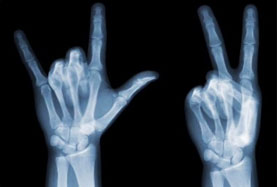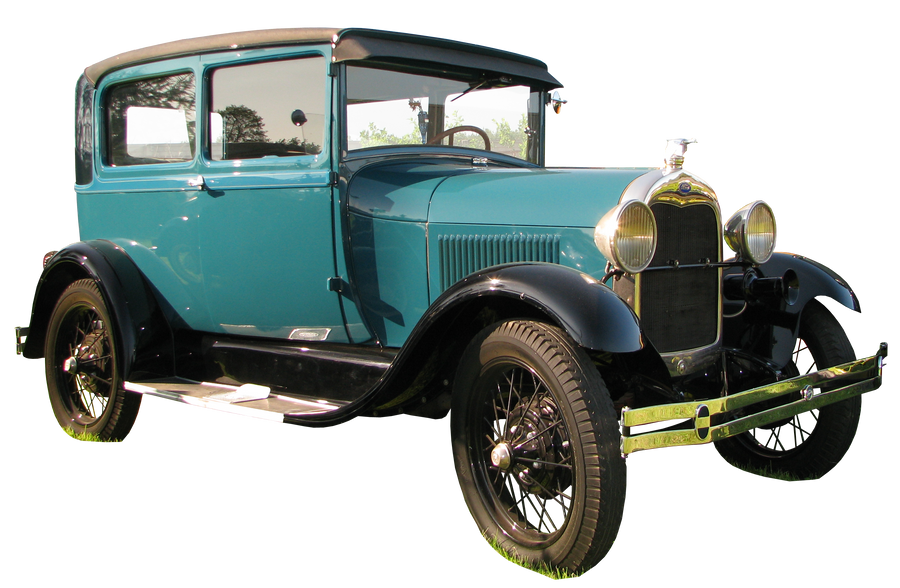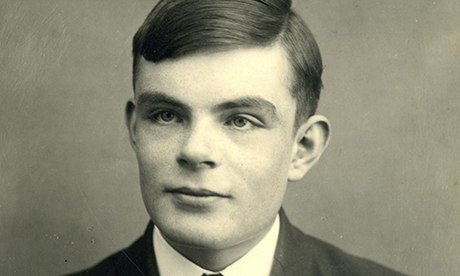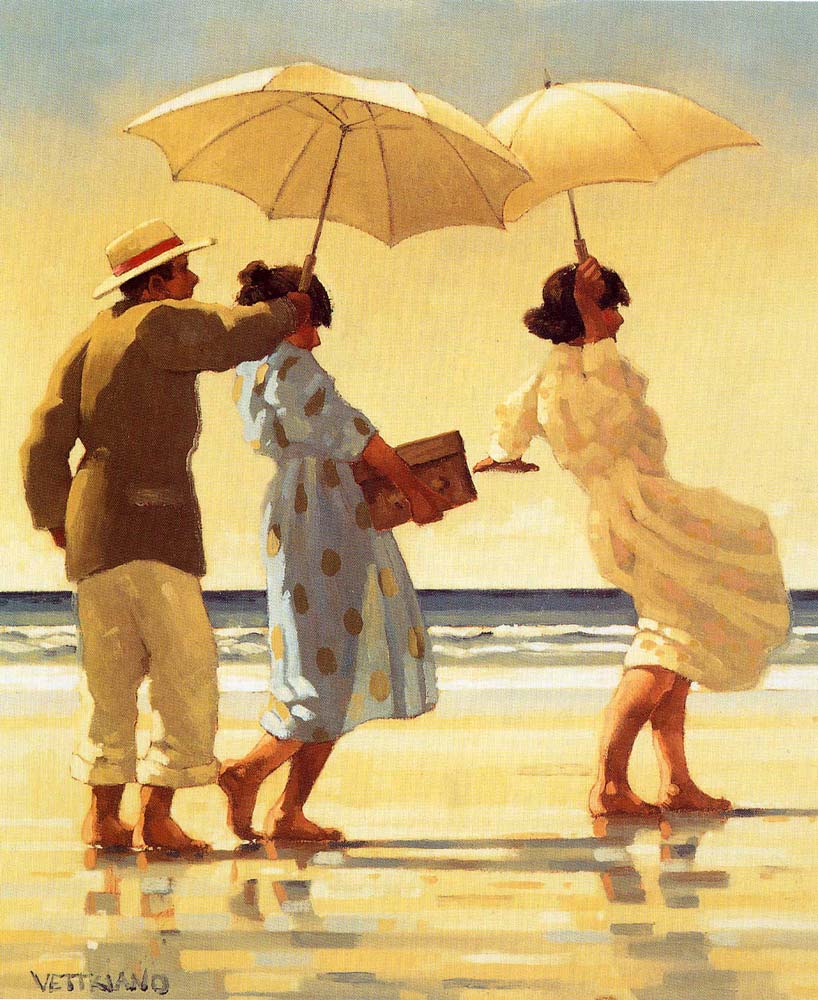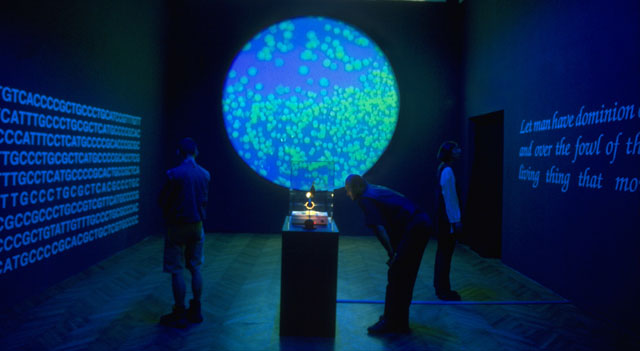There are many people who have changed industrialization as we know it. In my blog this week, I am going to discuss how certain figures in history have changed the technological world, and therefore the industrialized world as well.
http://bi9he1w7hz8qbnm2zl0hd171.wpengine.netdna-cdn.com/wp-content/uploads/2014/08/benjamin-franklins-printing-press-science-source.jpg
Most people believe the printing press was invented by Johannes Gutenberg. However, it was not invented by him. The printing press was first invented by the Chinese. Gutenberg brought the printing technology to America and made many important modifications and this contributed to the start of the Renaissance. It also led to the assembly line production and the industrial revolution. The printing press allowed books to be created much easier and faster, leading to the spread of books across America, and eventually across the world. This also led to the spread of education.
http://img10.deviantart.net/91d1/i/2010/241/6/4/old_car_i___ford_a_by_tailcat-d2xl2dr.png
In the early 1900's cars were very expensive, and only for the rich. Henry Ford did not like this and decided to design a car that could be afforded by everyone. The real magic was the assembly line he used to create this. The assembly line was never used before Ford, and decreased the amount of time it took to built a car, therefore decreasing their cost. The assembly line revolutionized the world of technology and led to major change in the car industry. However, workers were sometimes treated like they were a part of a machine. This is because they had bad work hours and conditions, and were treated like they were not human. Nowadays, many factories use actual robots to get rid of this issue.
https://static-secure.guim.co.uk/sys-images/Guardian/Pix/pictures/2013/12/24/1387876235466/Alan-Turing-008.jpg
Alan Turing is considered the father of artificial life. He worked for the government by deciphering messages from Germans. He eventually committed suicide because of the non acceptance of his sexuality. Even though he had a short, tragic life, Turing made a huge difference in the world. He created the turing machine: the first automatic machine. It wasn't practical computing technology but is one of the first forms of it. The idea of artificial intelligence was really started by Turing. Artificial intelligence has led to so many different inventions that have changed how technology is used today.
https://s-media-cache-ak0.pinimg.com/736x/4a/21/26/4a2126134eac7abc7a655cc0d9e0a03e.jpg
In Walter Benjamin's article "The Work of Art in the Age of Mechanical Reproduction" he writes, "This includes the changes which [pieces of art] may have suffered in physical
condition over the years as well as the various changes in its ownership. The traces of the
first can be revealed only by chemical or physical analyses which it is impossible to perform
on a reproduction..." This quote talks about how architects and other people who care about ancient art need science to help them explain certain things about ancient art pieces. Science and art go hand in hand. Scientists and artists can help each other immensely if they join forces.
Picture sources:
http://bi9he1w7hz8qbnm2zl0hd171.wpengine.netdna-cdn.com/wp-content/uploads/2014/08/benjamin-franklins-printing-press-science-source.jpg
http://img10.deviantart.net/91d1/i/2010/241/6/4/old_car_i___ford_a_by_tailcat-d2xl2dr.png
https://static-secure.guim.co.uk/sys-images/Guardian/Pix/pictures/2013/12/24/1387876235466/Alan-Turing-008.jpg
https://s-media-cache-ak0.pinimg.com/736x/4a/21/26/4a2126134eac7abc7a655cc0d9e0a03e.jpg
Sources:
"Alan Turing: The Enigma." Alan Turing: The Enigma. N.p., n.d. Web. 17 Apr. 2016.
Benjamin, Walter. "The Work of Art in the Age of Mechanical Reproduction." Stardom and Celebrity: A Reader (n.d.): 25-33. Web.
Lecture 1
Lecture 2
Lecture 3
"Henry Ford." Bio.com. A&E Networks Television, n.d. Web. 17 Apr. 2016.
"Johannes Gutenberg." Bio.com. A&E Networks Television, n.d. Web. 17 Apr. 2016.


